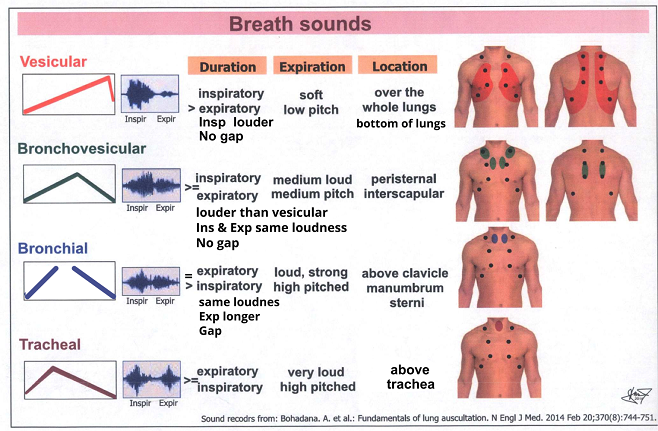

Selective hearing is the ability to mentally tune out extraneous noise and to actively enhance one's sensitivity (" training the ear") to the frequency range of interest. More recently, another group examined the performance of the bell and diaphragm of a Littmann Classic II SE stethoscope and found that sound transmission in the frequency range of 20 – 400 Hz (where most lung and cardiac sounds are found) was superior for the diaphragm.6 They propose that it is the capacity for selective hearing that accounts for persistent recommendations to use the bell of the stethoscope to listen to breath sounds, in spite of this evidence that the diaphragm provides superior transmission of low frequency sounds. HZ and demonstrated that, in most cases, low frequency sound (37.5-112.5 Hz) was amplified by bells and attenuated by diaphragms.5 However, there were only small differences in sound transmission between stethoscopes, and at least one model had good similarity between bell and diaphragm. 4 This scheme separates respiratory sounds into three major classifications, namely "normal lung sounds", "normal tracheal sounds", and the abnormal adventitious sounds: "wheeze", "rhonchus", and "crackles".Ī comparison of 6 different stethoscope models in 1992 examined the transfer function of the instruments for sound frequencies between 37. I will use the terminology used by Pasterkamp3, who approaches breath sounds much along the lines first proposed by Robertson and Coope in 1957 and later refined by Forgacs1, wherein abnormal sounds are divided into continuous and discontinuous. A Survey of 310 veterinary case reports or clinical reviews by Roudebush in 1989 found 7 different terms used to qualify breath sounds, 12 to qualify crackles (which were often referred to as rales), 7 additional terms to describe other discontinous sounds (e.g., "moist", "congestion", "fluid sounds", "gurgling", "crepitation", "rattling", "clicks"), and 7 more to describe continuous lung sounds.2 His conclusion was similar to those of the authors of comparable physician studies: breath sound terminology clearly requires standardization. In spite of great advances in understanding how lung sounds are created, many different terms are still used to describe them to peers. The first serious efforts to understand the source of breath sounds in health and illness was undertaken by Forgacs1 in the 1970's and his work has served as the basis for most modern investigations of breath sounds. This is largely due to confusion regarding the source and clinical implications of different lung sounds.

The less offensive Greek synonym "rhonchus" was used at bedside to describe the same sounds.1 The usage of those words changed repeated over the next 150 years and to this day there is no general agreement as to what they mean. In Laennec's original work he proposed the term "rales" to describe any abnormal sounds the word was already in common usage to describe the death rattle of moribund people.

Bowles and Sprague developed the combination bell and diaphragm in 1925, and shortly following World War II Sprague, Rappaport, and Groom had experimented to find the optimal design represented by the classic double-tube Rappaport-Sprague stethoscope. Before the end of that century, the stethoscope had begun to appear much the same as it does today, with a binaural design, flexible tubing, and a rigid diaphragm. After realizing that the quality of the sound was better than that obtained by direct auscultation, he experimented with different materials, settling on a wood cylinder he described in A treatise on diseases of the chest in 1819. Perhaps to ease his embarrassment at the prospect of auscultating a young woman's heart, the French physician Rene Laennec fashioned the first stethoscope by rolling a sheet of paper into a cone. Prior to 1816 the only method of auscultation of the lungs was direct: the physician placed his ear on the patient's chest. This lecture will provide a brief overview of the technique of auscultation, genesis of breath sounds, and their interpretation.
#RALES LUNG SOUNDS CAUSE HOW TO#
In spite of the fundamental importance of auscultation to the physical exam, there has been surprisingly little effort made to teach and standardize how the examination is performed, how to interpret results, and how to communicate those results between professionals. To most people, the image of a doctor is defined by the presence of a stethoscope draped around the neck.


 0 kommentar(er)
0 kommentar(er)
